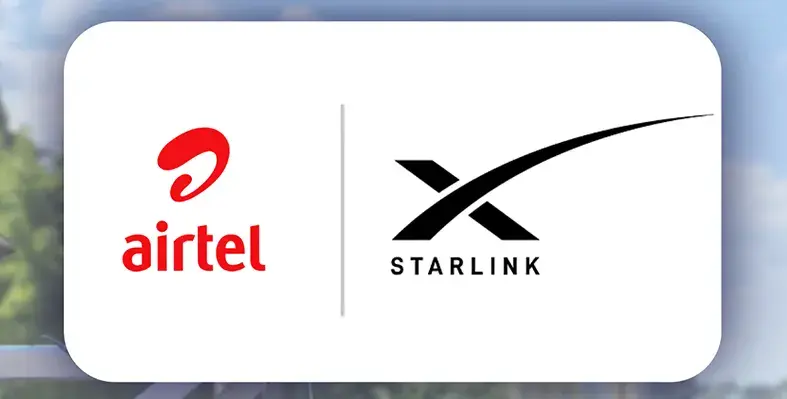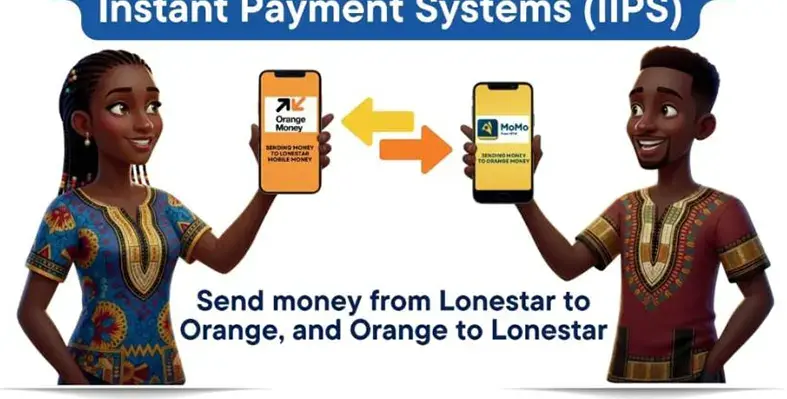Veriff has released Face Match, an AI feature for facial biometric technology, which authenticates or reverifies a person online
The digital identity industry is forecasted to be worth US$12.8bn by 2024, up from US$6mn in 2019, and Veriff is committed to offering a reliable and seamless service to its customers around the world to meet this growing demand. With its video-first approach to identity verification of more than 9,000 government-issued IDs from more than 190 countries in 36 different languages, Veriff is able to stop more fraud than any other industry player.
“With Face Match, Veriff utilises the person’s images to re-verify their identity based on the original session images and data as a reference point, which improves the user experience immensely,” said Janer Gorohhov, Veriff co-founder and CPO.
“Consumers have become so accustomed to a fast, seamless experience online in this digital-first world, and based on the great ideas from our first-ever hackathon, we’re now able to deliver this innovative offering to our customers.”
Some of the major features of the Face Match verification technology include:
• The video features detect liveness through images captured in the SDK
• Veriff compares the new face to the reference document-front image in the system already
• Assisted Image Capture is built into the end-user flow
• Real-time response time (~1s) is used to confirm the identification of a person
• It comes at a reduced cost compared to a full IDV session
Sample use cases of the benefits of Face Match include
• Resetting credentials – users can reset their account settings once they’ve gone through the flow once so that two-factor-authentication with face ID makes future logins seamless and easy
• High-risk customers – additional steps are in place to verify identity with Face Match for actions like a new bank account being added, a large withdrawal request, or a suspicious login from a different region
• Employee remote verification – an employee’s identity will be verified a second time before they’re able to access high-risk or sensitive company data. The employee will need a new access code to ensure they are verified multiple times to eliminate any theft concerns.






















